Safe Spaces
The term “safe space” is often mocked and derided as something made up by tree-hugging hippies, symbolising the “coddling” of people who are allegedly oversensitive and hate free speech.
This, of course, is a reactionary understanding of safe spaces.
“Safe spaces” refer to spaces where marginalised people do not have to think twice about whether their existence can be subjected to prejudice, bigotry, stigma or outright hate.
It is true that not everyone can be safe all the time – but the purpose of safe spaces is to allow reprieve to those whose safety is less guaranteed than others. Such groups of people tend to usually come from precarious and marginalised communities, such as sexual and domestic abuse victims/survivors, Black-Indigenous People of Colour (BIPOC), the LGBTQI+ community, and Dalit people.
Safe spaces are not just empathetic, non-judgemental and understanding, it also has largely to do with the fact that communities who congregate there do not have to air out their traumas in order to be legitimised. Safe spaces function as a space where marginalised people do not have to worry whether the space that they are trying to exist in needs an explanation as to why there are there. They also exist as a platform that allows a sense of solidarity with those who do not have to perform their trauma in order to be believed, but they can speak about it if they wish to have an empathetic ear that will listen to them about their experiences.
The other purpose of safe spaces is that there is less “translating” to be done there. For example, the experiences of homophobia that is relayed to a cisgender straight person can be lost on them – this is not to imply that cis-straight people cannot conceptualise homophobia, but they will simply never learn the nuances of such discrimination, nor how a person experiencing it processes such discrimination.
Some safe spaces are intentionally created, like a gay bar, or a Black church, or women’s only spaces. These spaces provide these groups of people to speak more freely about their interests or worries without having to ponder if others will understand what they are talking about.
Safe spaces are not restricted to safety from physical violence, but also physiological, emotional violence. They provide refuge and reprieve, a place of relaxation. Many people seem to grossly underestimate the role mental well-being plays on physical health – after all, our emotional well-being also dictates our physical well-being. High cortisol levels produce poorer health outcomes, and for those experiencing systemic discrimination such as racism, sexism, casteism, ethnic cleansing, this affects them disproportionately.
Safety is not a luxury, but a human right – one that many have difficulty accessing. Safe spaces should function well for those who feel society was not designed for them. It is unfortunate that the real issue, and the necessity for spaces, is due to the incredible lack of empathy in our society. Treating people with respect, compassion, empathy and humility is crucial if we ever wish to eliminate the need for designated spaces for safety. But for now, we need to bring those characteristics into safe spaces, because it is a starting point.

